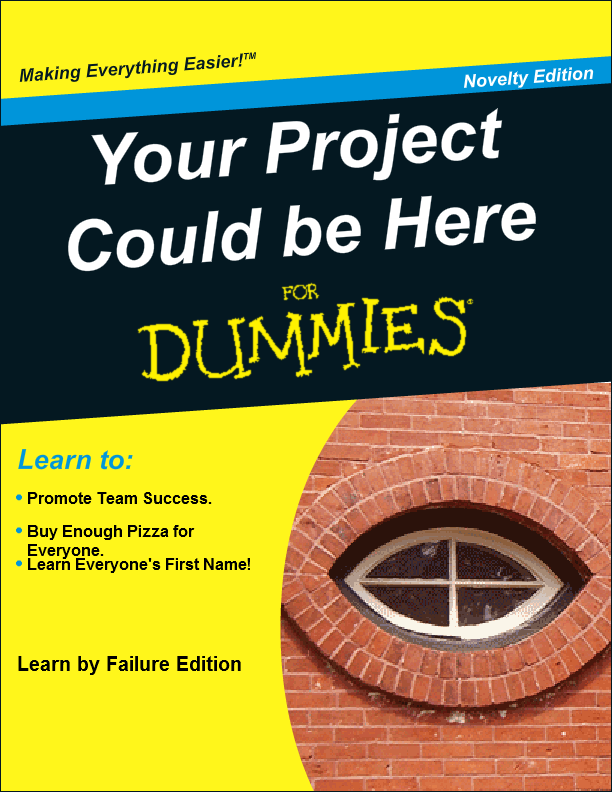Breaking Development Conference – Nashville – July 2014
Conference Session: 5-Day Rapid Prototyping and Testing – Build for Speed
Daniel Burka – Google Ventures
I’m not sure which Breaking Development session was my favorite but I could really relate to the information about rapid prototyping presented by Daniel Burka of Google Ventures. I was first introduced to rapid prototyping in 1986. The concept is the same today but we have now learned to include the client and customers directly in developing the solution in order to be successful. Amen.
This was an excellent session on rapid prototyping and, more importantly, about quickly getting to a high quality decision on the viability of an idea. Daniel Burka is with Google Ventures, the VC arm of Google. He has prior history with Digg and Milk, both of which are startups by Kevin Rose. Rose is a General Partner of Google Ventures.
A 5-day Rapid Prototype sprint can be applied to many different business ideas, technical or not. The presentation at #BDConf was based upon applying the process toward improving overall sales at Blue Bottle Coffee, based in San Francisco.
5-day Rapid Prototype:
Day-1: Put pressure on the team up front. On Monday, invite 5 prospective/customers to evaluate the prototype on Friday. Five is enough to provide an adequate evaluation and to complete the eval in one day.
Analyze: Dig into the design problem through research, client interviews, and strategy exercises. The client also participates. Listen and learn. The team includes both client and Google Venture folks. Build user flows, look for patterns and thoroughly understand the problems, constraints, and goals.
Day 2: Start to design solutions – but don’t group-think or brainstorm. Rapidly develop as many solutions as possible. Create multiple, individual solutions. By end of day two you want 10 to 20 divergent solutions. Actually write the copy, make sketches that can be matched to real images for build, and sketch out and document each idea thoroughly so that it can be directly prototyped.
Day 3: Select from among the ideas, as whole solutions or an amalgam of ideas. This is not a democratic process. Everyone votes with blue dots on mock-up sketches. All ideas compete and are pitted against others in a bake-off. Executives and leaders who are most responsible get extra/super-votes (e.g. red dots). Being democratic will water down the ideas, just like brainstorming creates design-by-committee solutions. By end of day three you want your three best options.
Day 4: Build the Prototype, usually as a website and/or mobile site mockup: Burkas demo of a low fidelity prototype was actually very graphically rich. Keynote or Power Point make good prototyping options (Keynotopia). Make the prototype clickable, with design elements to simulate real web pages. Use a technique that also makes the demo viewable on a smartphone, tablet and laptop PC.
Day 5: Validate: Show the prototype to the people you invited on Monday to learn what works and what doesn’t work. Again, keep it simple. Burka talked about using a USB camera to view and record phone interaction, over-the shoulder of the customer/test client. No 2-way mirrors and lab coats.
~~~ ~~~ ~~~ ~~~ ~~~ ~~~ ~~~ ~~~ ~~~ ~~~ ~~~ ~~~
You may also want to read about Google Ventures’ Rapid Prototyping process as documented by Google Ventures and at Venture Beat:
The Product Design Sprint, 5-day Recipe for Startups (Google Ventures Methodology)
Jake Knapp – Design Partner Google Ventures
How Google Ventures Does Rapid Prototyping ‘Design Sprints’ With its 170 Startups
Here’s a link to a video of the presentation: Video: 5-Day Rapid Prototyping – Google Ventures
“We can’t solve problems by using the same kind of thinking we used when we created them.”
~Albert Einstein

